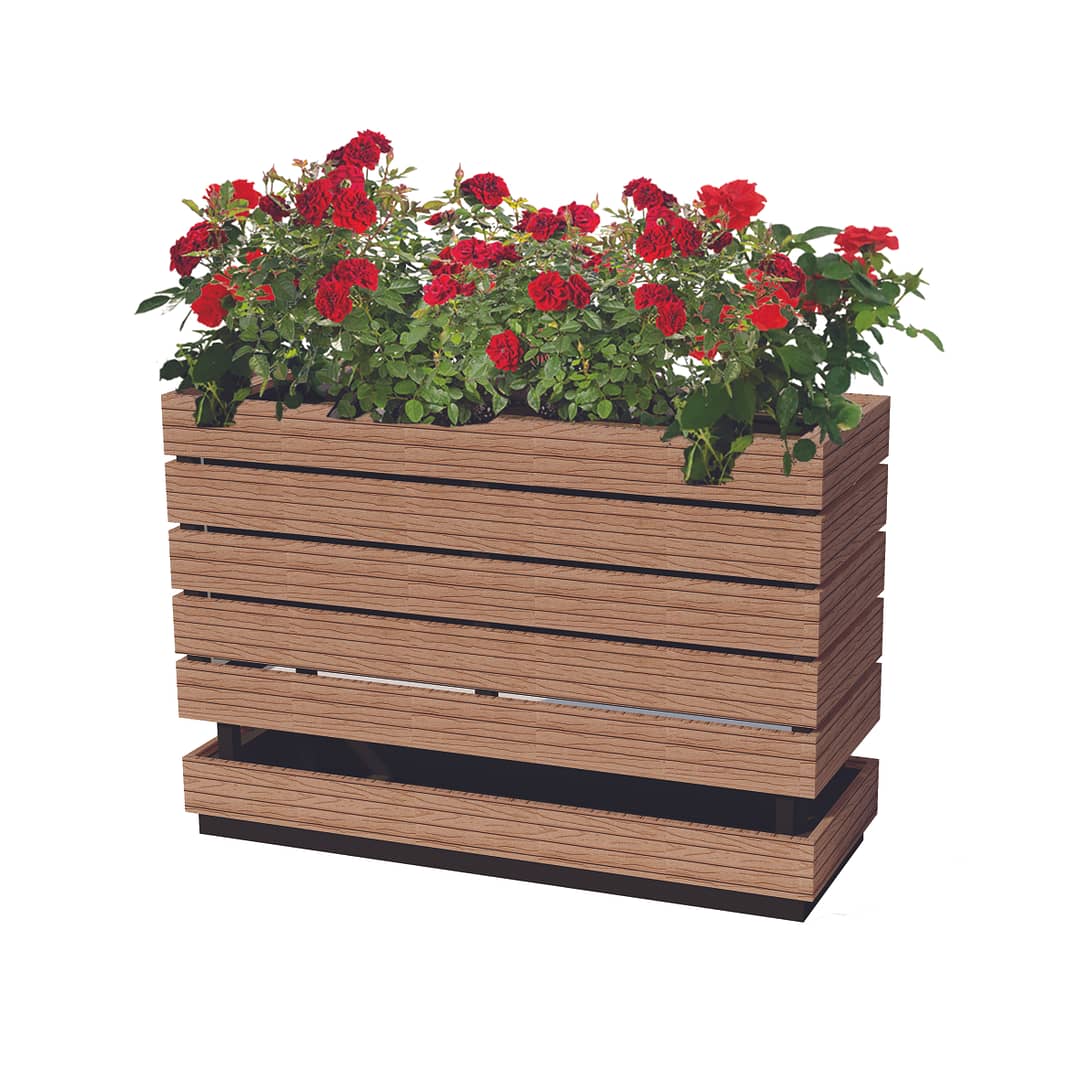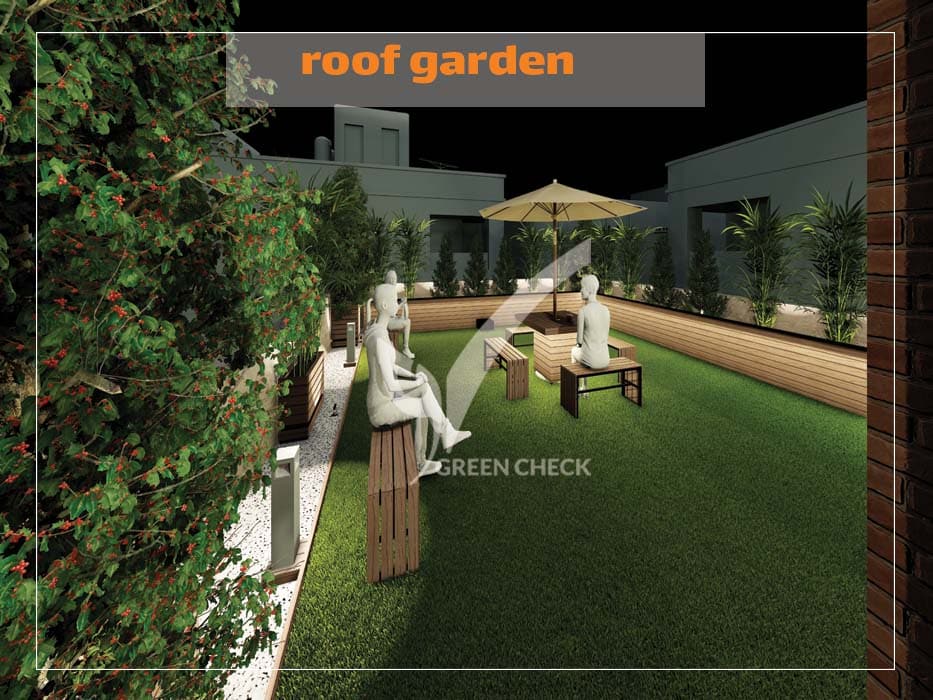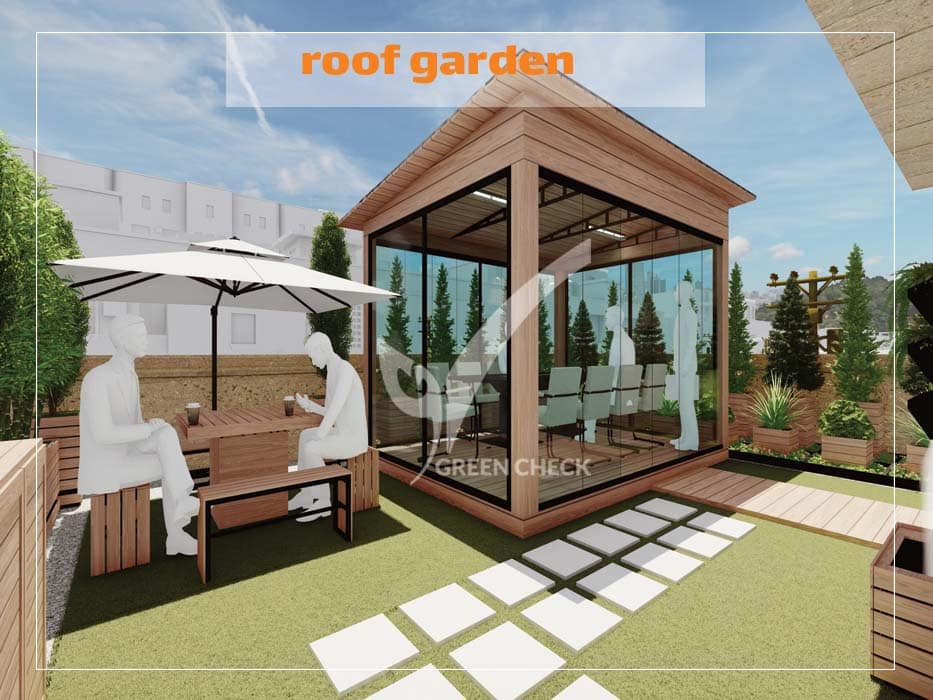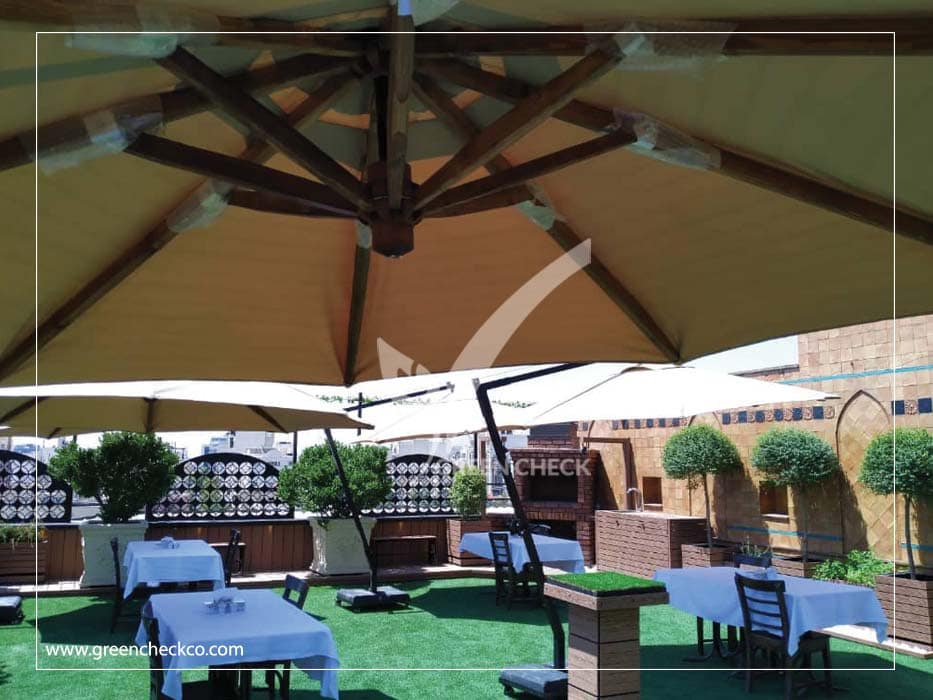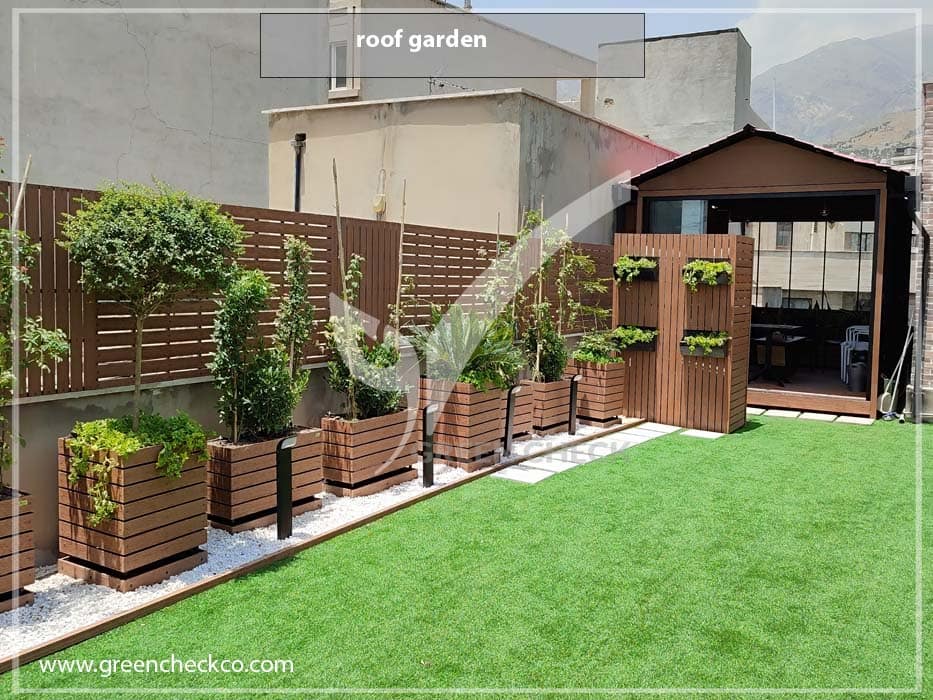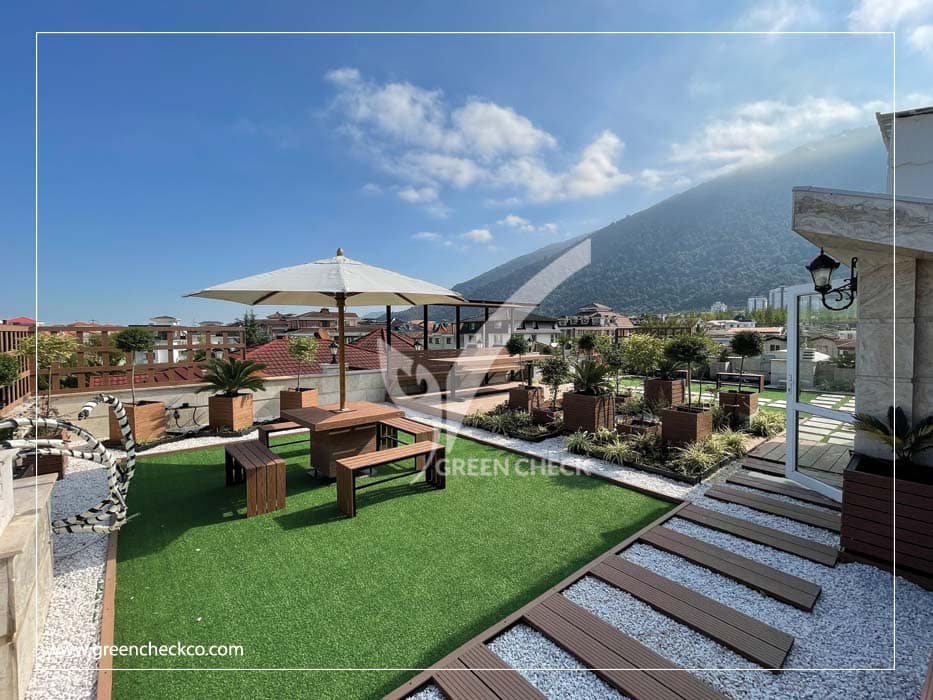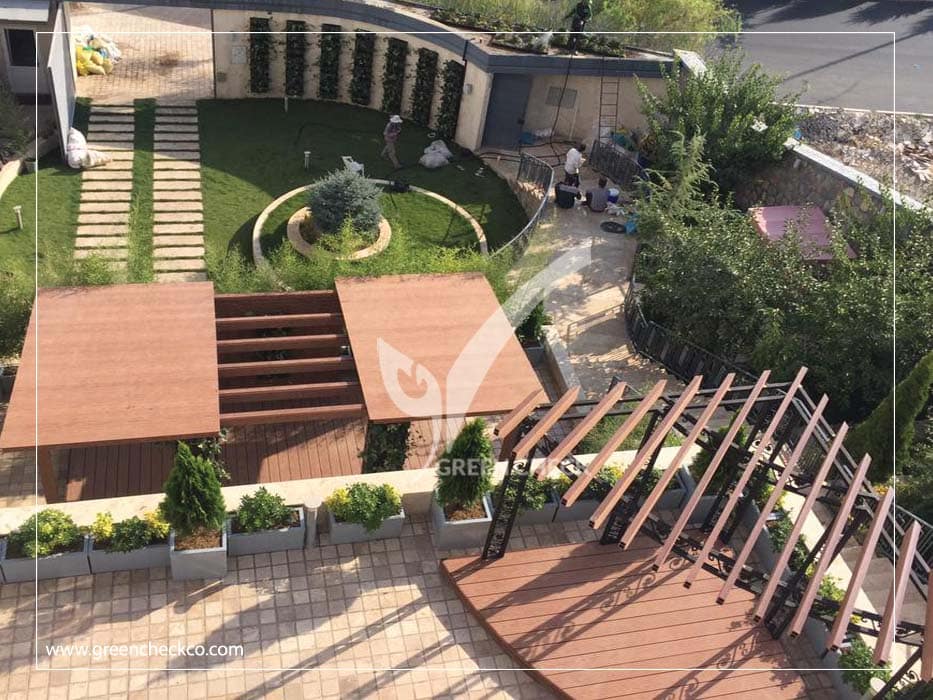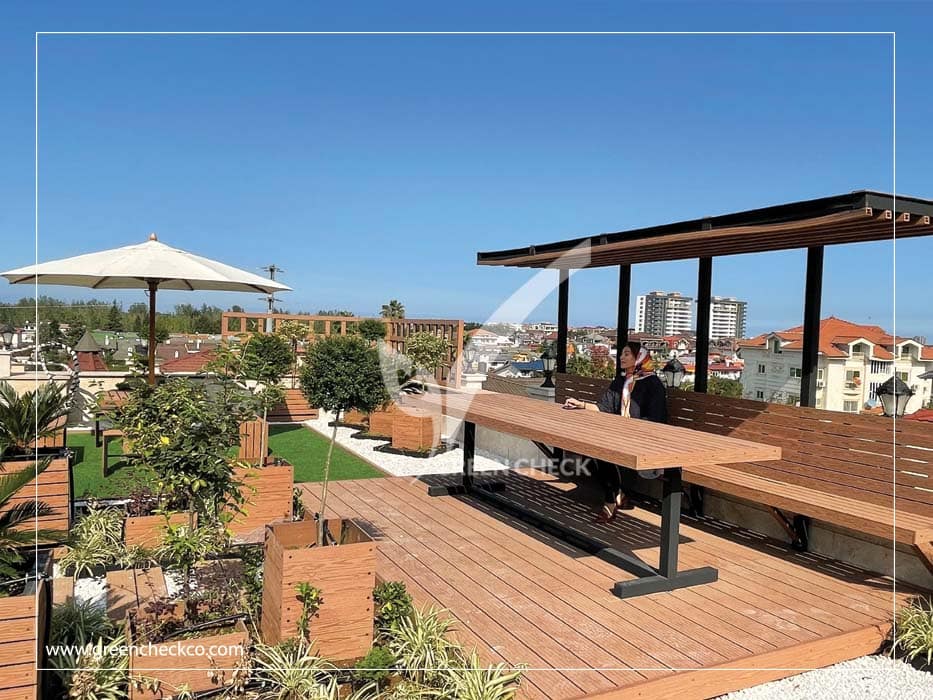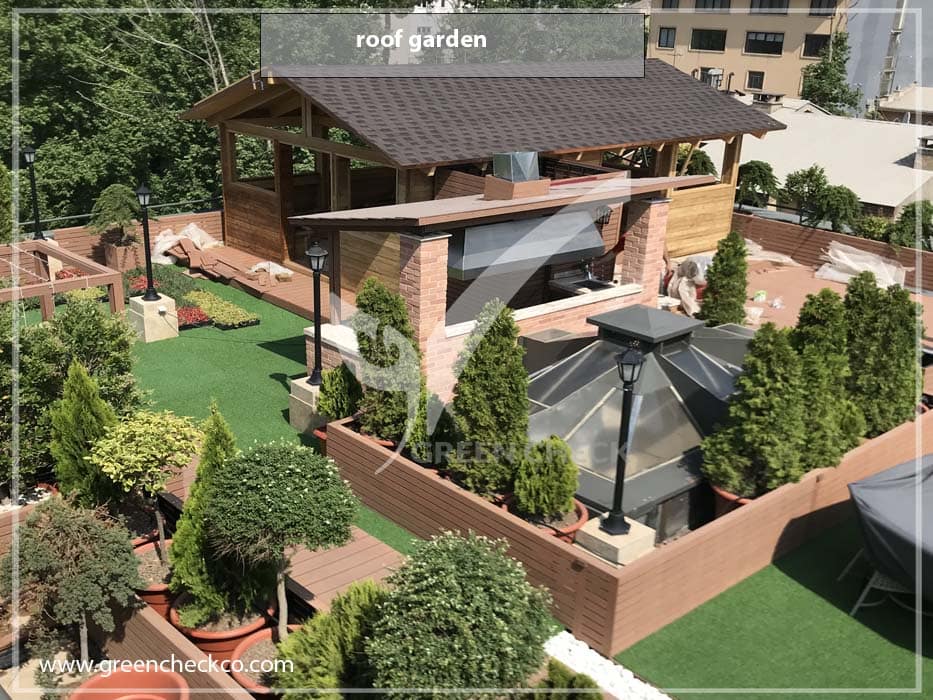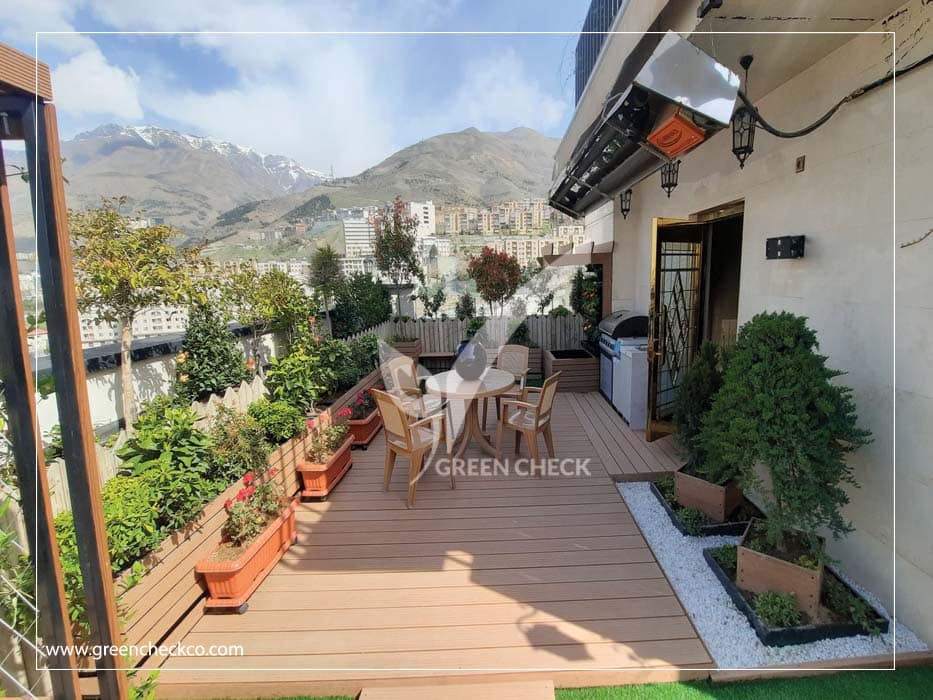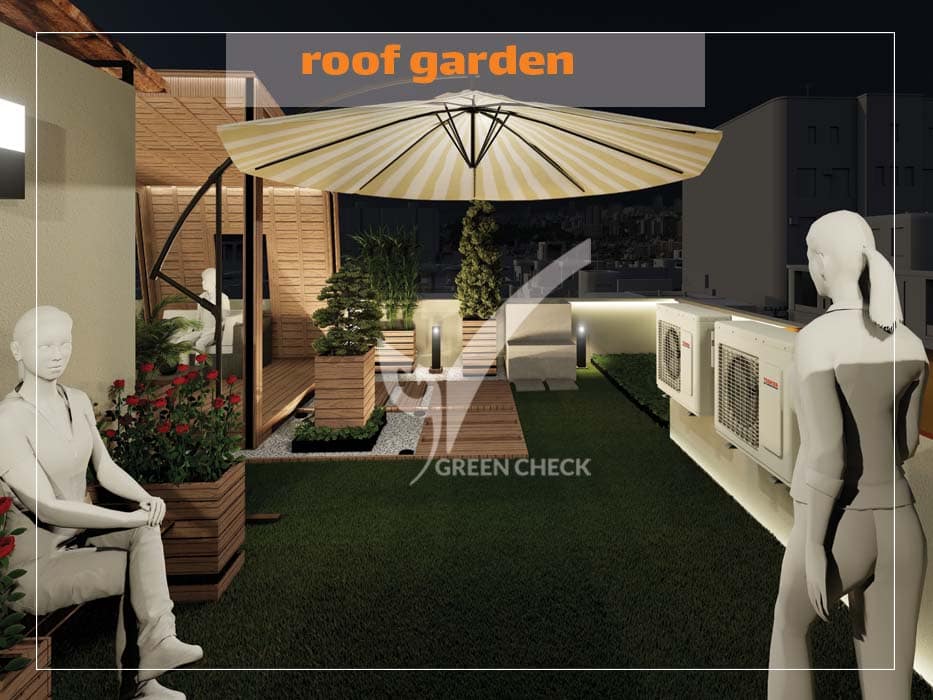What is a roof garden?
A roof garden, also known as a rooftop garden or green roof, is a garden that is created on the rooftop of a building. It involves the cultivation of plants, trees, shrubs, and other greenery on the roof surface
Roof gardens can be designed in various ways, ranging from simple container gardens with potted plants to more elaborate landscaped spaces with pathways, seating areas, and even water features. These gardens can be found on a wide range of buildings, including residential, commercial, and institutional structures.
There are several benefits to having a roof garden. Firstly, it can help mitigate the urban heat island effect by reducing the heat absorbed by the building and surrounding areas. The plants and soil act as insulation, reducing energy consumption for cooling and improving the energy efficiency of the building
Additionally, roof gardens can help manage stormwater runoff by absorbing rainwater and reducing the strain on drainage systems. They also contribute to improved air quality by absorbing carbon dioxide and releasing oxygen, as well as providing habitat for birds, insects, and other wildlife in urban areas.
Roof gardens can be enjoyed as recreational spaces, providing opportunities for relaxation, socializing, and gardening in an urban setting. They can also contribute to aesthetic appeal, adding greenery and visual interest to buildings and skyline views.
It’s important to note that the design and implementation of a roof garden require careful planning, taking into consideration structural considerations, waterproofing, irrigation systems, and plant selection suitable for the rooftop environment.
There are several reasons why people choose to incorporate roof gardens into their buildings. Here are four key reasons forusing roof gardens
4reasons for using a roof garden
Environmental Benefits Roof gardens offer numerous environmental advantages. They help reduce the urban heat island effect by absorbing and deflecting heat, thereby lowering temperatures in urban areas. They also act as natural insulators, reducing the energy required for heating and cooling buildings. Additionally, roof gardens can mitigate stormwater runoff by absorbing and filtering rainwater, reducing the burden on drainage systems and helping to prevent flooding. Lastly, they contribute to improved air quality by absorbing carbon dioxide and other pollutants while .releasingoxygen.
Maximizing Urban Space
Roof gardens enable the utilization of otherwise unused or underutilized space in urban environments. In densely populated areas where land is limited, having a garden on the rooftop allows for the creation of green spaces and gardens that provide recreational opportunities, relaxation areas, and even urban farming. Roof gardens can offer a peaceful retreat from the hustle and bustle of the city while improving the overall livability of the building.
Aesthetic Appeal
Roof gardens add beauty and aesthetic value to buildings. They enhance the visual appearance of rooftops, especially in urban landscapes dominated by concrete and steel structures. The presence of greenery, colorful plants, and the overall design of the garden can create an attractive and inviting ambiance. Roof gardens can also improve the view from surrounding buildings and provide a pleasant sight for occupants.
Health and Well-being
Interacting with nature and green spaces has been shown to have positive effects on human health and well-being. Roof gardens offer opportunities for relaxation, stress reduction, and improved mental health. They can serve as a peaceful retreat, providing a connection to nature even in urban environments. Roof gardens can also promote physical activity through gardening or simply by providing a space for walking and exercising.
These are just a few of the reasons why roof gardens have gained popularity. Each individual or organization may have their own specific motivations for implementing a roof garden based on their unique circumstances and goals.
Roof garden performance
The execution of a roof garden involves several steps to ensure its successful implementation. Here is a general overview of the process:
Structural Assessment:
The first step is to conduct a structural assessment of the building to determine if it can support the weight of a roof garden. A professional engineer or architect should evaluate the building’s load-bearing capacity and recommend any necessary reinforcements if needed.
Waterproofing and Drainage
Proper waterproofing is crucial to prevent water leakage into the building. A waterproofing membrane is installed on the roof surface to create a barrier against moisture. Additionally, an effective drainage system is essential to manage excess water and prevent water accumulation on the roof. This may involve installing drains, gutters, and .downspouts
Irrigation and Soil
A suitable irrigation system should be designed and installed to ensure proper hydration of the plants. This can include drip irrigation, sprinklers, or a combination of methods. The selection and installation of appropriate soil or growing medium is also important. Lightweight, well-draining soil mixes specifically formulated for roof gardens are often used to minimize weight while providing adequate nutrients for plant growth.
Plant Selection
Choose plants that are well-suited for rooftop conditions, including exposure to wind, sunlight, and temperature fluctuations. Drought-resistant and low-maintenance plants are often preferred for roof gardens. Consider factors such as the available space, desired aesthetic, and the specific microclimate of the rooftop.
Design and Layout
Develop a design plan for the roof garden, considering factors such as seating areas, walkways, plant beds, and other desired features. Ensure that the design aligns with the structural capabilities of the building and any local building codes or regulations. Consider the overall aesthetics, functionality, and purpose of the roof garden.
Installation
Once the design is finalized,
the installation process can begin. This may involve constructing raised plant beds, installing walkways or decking, setting up seating areas, and planting the chosen vegetation. Hiring experienced contractors or landscape professionals with expertise in roof garden installations is recommended to ensure proper execution.
Maintenance
Regular maintenance is crucial for the long-term health and vitality of the roof garden. This includes watering, fertilizing, pruning, and monitoring for pests or diseases. Additionally, periodic inspections should be conducted to ensure the integrity of the waterproofing and drainage systems.
It’s important to note that the specific requirements and considerations for implementing a roof garden may vary depending on factors such as the building structure, location, climate, and local regulations. Consulting with professionals with expertise in roof garden installations is highly recommended to ensure a successful and sustainable project.
Suitable planting plan for roof garden
Planning the appropriate planting for a roof garden depends on factors such as the area, climate conditions, lighting, and design. Let’s take a look at some key points in designing suitable planting for a roof garden.
Environmental Conditions
Assessing environmental conditions such as light, temperature, wind, and humidity is crucial. These conditions help determine the types of plants suitable for planting and the necessary care for them. For example, in sunny areas, plants that tolerate high light levels, such as saguaro cacti or succulents, are suitable.
Plant Selection:
Choosing plants based on their water requirements, height, greenery, and aesthetics is important. Keep in mind that grasses are suitable for quick ground cover, while flowers and trees create shade and aesthetic value.
Irrigation System: Proper planning for plant irrigation in a roof garden is essential. Drip irrigation or sprinkler systems can be used. Additionally, ensure the presence of appropriate irrigation infrastructure for the soil and plants.
Design and Space Arrangement:
Planning for high-yield spaces and utilizing existing space to prevent space wastage in the roof garden is crucial. Creating seating areas, pathways, and spaces for human observation and planting areas for grasses, flowers, and trees should be considered.
Maintenance Planning:
Regular maintenance planning is necessary for the upkeep of the roof garden. This includes watering, replanting, checking for pests and diseases, and providing proper nutrition for the plants.
Economic Evaluation: Lastly, an economic evaluation of the roof garden planting may be necessary. Due to the length of the previous response, a part of it may have been lost. Feel free to ask your question again, and I’ll be happy to provide an answer.
Suitable plants for roof garden in hot and cold season.
For a roof garden that experiences both hot and cold seasons, it’s important to select plants that can tolerate a wide range of temperatures. Here are some suitable plant options for a roof garden that faces both hot and cold seasons:
Sedums:
Sedums are a group of succulent plants that are highly adaptable and can tolerate both hot and cold conditions. They come in a variety of shapes, sizes, and colors, making them a popular choice for roof gardens. Sedums have excellent drought tolerance and can withstand temperature fluctuations.
Ornamental Grasses:
Ornamental grasses such as Feather Reed Grass (Calamagrostis acutiflora) and Blue Fescue (Festuca glauca) are hardy and can thrive in both hot and cold climates. They provide a beautiful texture and movement to the garden while being relatively low-maintenance.
Lavender
Lavender is a versatile plant that can tolerate hot summers and cold winters. It offers fragrant blooms and attractive foliage, making it a favorite choice for many gardeners. Lavender requires well-drained soil and plenty of sunlight.
Russian Sage
Russian Sage is a drought-tolerant perennial that can withstand both heat and cold. It produces aromatic silver-gray foliage and beautiful lavender-blue flowers, adding a touch of elegance to the roof garden.
Daylilies (Hemerocallis)
Daylilies are hardy perennials that thrive in a wide range of climates, including both hot and cold regions. They come in various colors and bloom abundantly during the summer months. Daylilies prefer well-drained soil and moderate watering.
Japanese Maple
Japanese Maple is a small tree or large shrub that provides stunning foliage color throughout the year. It can tolerate both hot summers and cold winters, but it may require protection from strong winds in exposed rooftop environments.
Hens and Chicks (Sempervivum)
Hens and Chicks are succulent plants that form rosette-shaped clusters. They are extremely hardy, drought-tolerant, and can survive in various temperature conditions. Hens and Chicks come in a range of colors and textures, adding visual interest to the roof garden.
Remember to consider the specific climate and microclimate of your location when selecting plants. Additionally, provide proper insulation and protection during extreme temperature conditions to ensure the well-being of your plants in both hot and cold seasons.
Important points in the implementation of the roof garden
Weight Consideration: Make sure your building can withstand the additional weight of plants, soil, and other rooftop garden structures. It is advisable to consult with an architect or structural engineer before starting the project to ensure that your building can handle the extra load.
Legal Restrictions and Permits:
Checking local laws and building regulations for your rooftop garden is important. Some areas may have specific limitations and requirements for constructing a rooftop garden. Make sure you have obtained the necessary permits.
Proper Soil Selection
Choosing the right soil for your rooftop garden is crucial. The soil should be well-drained, of the highest quality, and contain suitable organic matter. Additionally, using a rooftop garden soil mix, which is a blend of different layers such as soil, compost, and aggregate, can reduce weight and provide better drainage.
Adequate Irrigation:
Planning for proper irrigation of plants in your rooftop garden is essential. Keep in mind that daily watering can lead to water wastage and increased costs. Mechanized irrigation systems such as drip irrigation or sprinkler systems can help you manage water efficiently and economically.
Selecting Suitable Plants:
Choosing plants that are compatible with the conditions of your rooftop garden is crucial. Keep in mind that plants with shallow roots and a less extensive root system are the best choice for a rooftop garden. Also, selecting plants that can tolerate both hot and cold weather conditions is ideal.
Light and Shade:
Assessing the sunlight and shade conditions of your rooftop garden is very important. Some plants require direct sunlight, while others need partial or full shade. Select suitable plants based on the amount of light your rooftop garden receives.
Air Ventilation:
Ensure that air flows well within your rooftop garden. This can help reduce temperature and prevent heat buildup in the garden space. Make sure there is access to fresh air and proper air circulation.
Weather Resistance:
Choose plants for your rooftop garden that are resilient to the local weather conditions. Some plants have higher resistance to heat and drought, while others are more tolerant of cold and frost. Make sure you select plants that are compatible with the environmental conditions of your rooftop garden.
Develop Drainage System:
Create a strong and efficient drainage system for your rooftop garden. This includes the use of underlying layers such as waterproofing, drainage layers, and drainage systems to prevent water collection and avoid water overflow on the rooftop surface.
Maintenance and Care
Rooftop gardens require regular maintenance and care. Note that some plants may require special nutrition and care. Consider planning for watering, soil replacement, pest control, and necessary repairs.
Finally, before starting a rooftop garden project, it is recommended to consult with a gardening or architectural expert. They can guide you in selecting suitable plants, landscape design, choosing structural materials, and proper implementation.
Summary
A roof garden, also known as a rooftop garden or green roof, is a garden space created on the roof of a building. It involves the cultivation of plants, trees, and shrubs on the rooftop, transforming an otherwise unused space into a vibrant and functional area. Roof gardens can be found in both residential and commercial buildings, ranging from small private residences to large urban developments.

